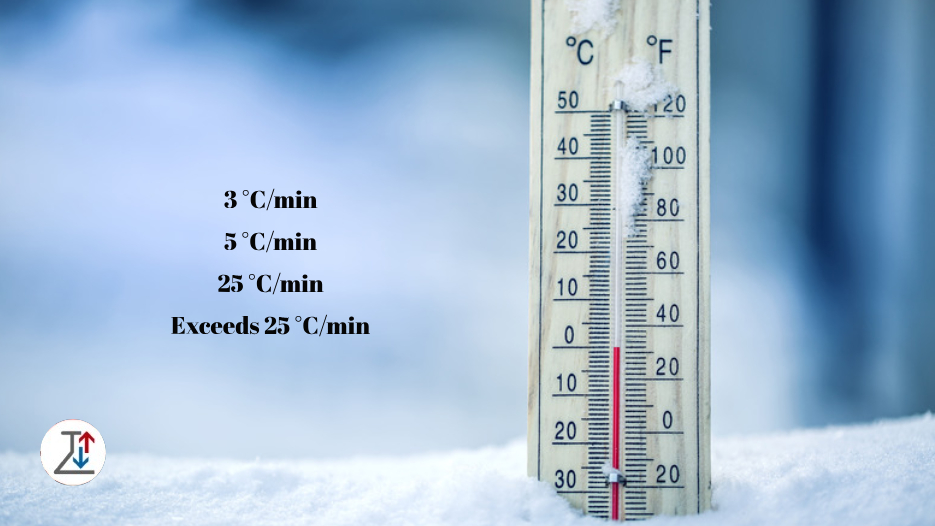
Ratings in Environmental Chambers: What Are they and Why Do They Matter?
When it comes to testing products under real-world conditions, environmental chambers are reliable solutions. These systems make it possible to recreate everything from extreme heat and cold to changes in humidity and pressure. Among many specifications that determine how effective a chamber works; one stands out as especially important: “Rating”.
This feature shows how quickly a chamber can raise or decrease its temperature and usually is expressed in degrees Celsius per minute. In practice, it tells you how responsive the chamber is—and that can make all the differences depending on the type of test you’re running.
Arya Sarmayesh, a leading technology-driven manufacturer, produces chambers with ratings between 1 and 25 °C/min, and even higher on request.
So, What Exactly Is Rating?
Think of rating as the speed changing point of an environmental chamber. It tells you how many degrees the system can shift in a single minute.
- A chamber rated at 5 °C/min, for instance, can change its temperature by 5 degrees every sixty seconds.
- Higher ratings are crucial when tests call for rapid and precise shifts between temperature points.
In short, this one can define whether a chamber is suitable for stability studies, long-term durability testing, or demanding stress simulations.
Types of Chambers by Rating
- Low Rating Chambers
- Change rate: Less than 3 °C/min
What they’re good for:
- Controlled, gradual adjustments where precision matters more than speed.
- Perfect stability tests and experiments that are needed to be run for long periods without dramatic changes.
Typical applications:
- Long-duration reliability studies on electronics
- Assessing how materials hold up at steady temperatures
- Medium Rate Chambers
- Change rate: 3–10 °C/min
What they’re good for:
- A balanced option that covers most standard environmental tests.
- Offers an appropriate spot between efficiency and controlling.
Typical applications:
- Testing the performance of both mechanical and electronical components
- Simulating environments with moderate shifts in temperature
- High Rating Chambers (Including Thermal Shock Systems)
- Change rate: Above 10 °C/min
What they’re good for:
- Rapid transitions across a wide range of temperatures.
- Frequently used in Thermal Shock Chambers, where extreme shifts are needed in seconds.
Typical applications:
- Checking product durability under sudden temperature swings
- Detecting cracks, malfunctions, or weaknesses that only show up under stresses
Why Should You Care About Rating?
- Fit for purpose: Each test protocol has its own demands. A wrong rating can skew results or make them unreliable.
- Better accuracy: The right speed ensures test conditions closely match to the real-world scenarios.
- Time and cost savings: An optimally rated chamber can cut down both testing time and operational expenses.
Conclusion
The Rating isn’t just a technical detail—it’s a deciding factor in choosing the right chamber for your work. Whether your project calls for slow, moderate, or lightning-fast temperature changes, there’s a chamber built for the job. By understanding this parameter, you’ll be in a stronger position to make smart equipment choices and be ensured your products meet the highest standards of quality and durability